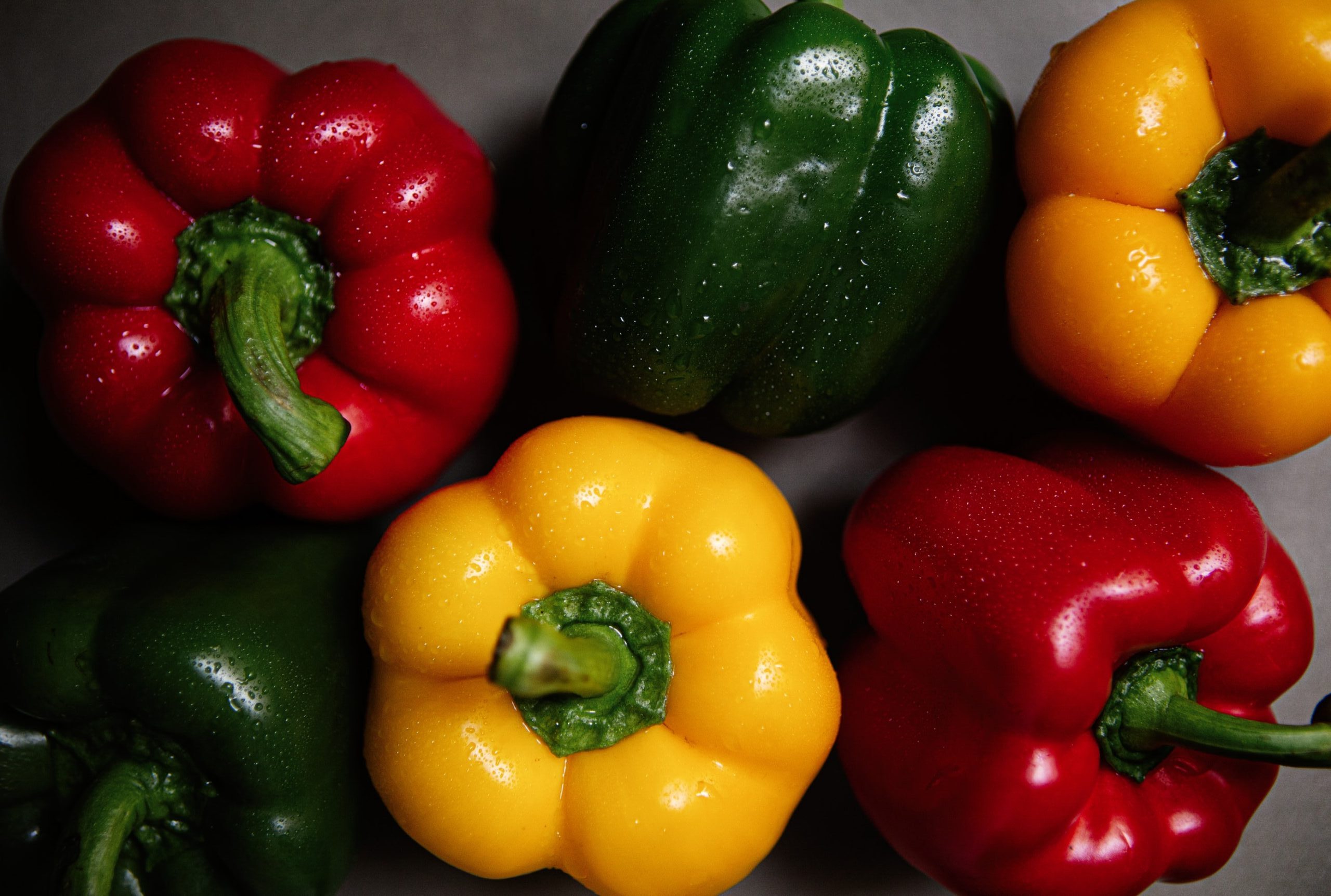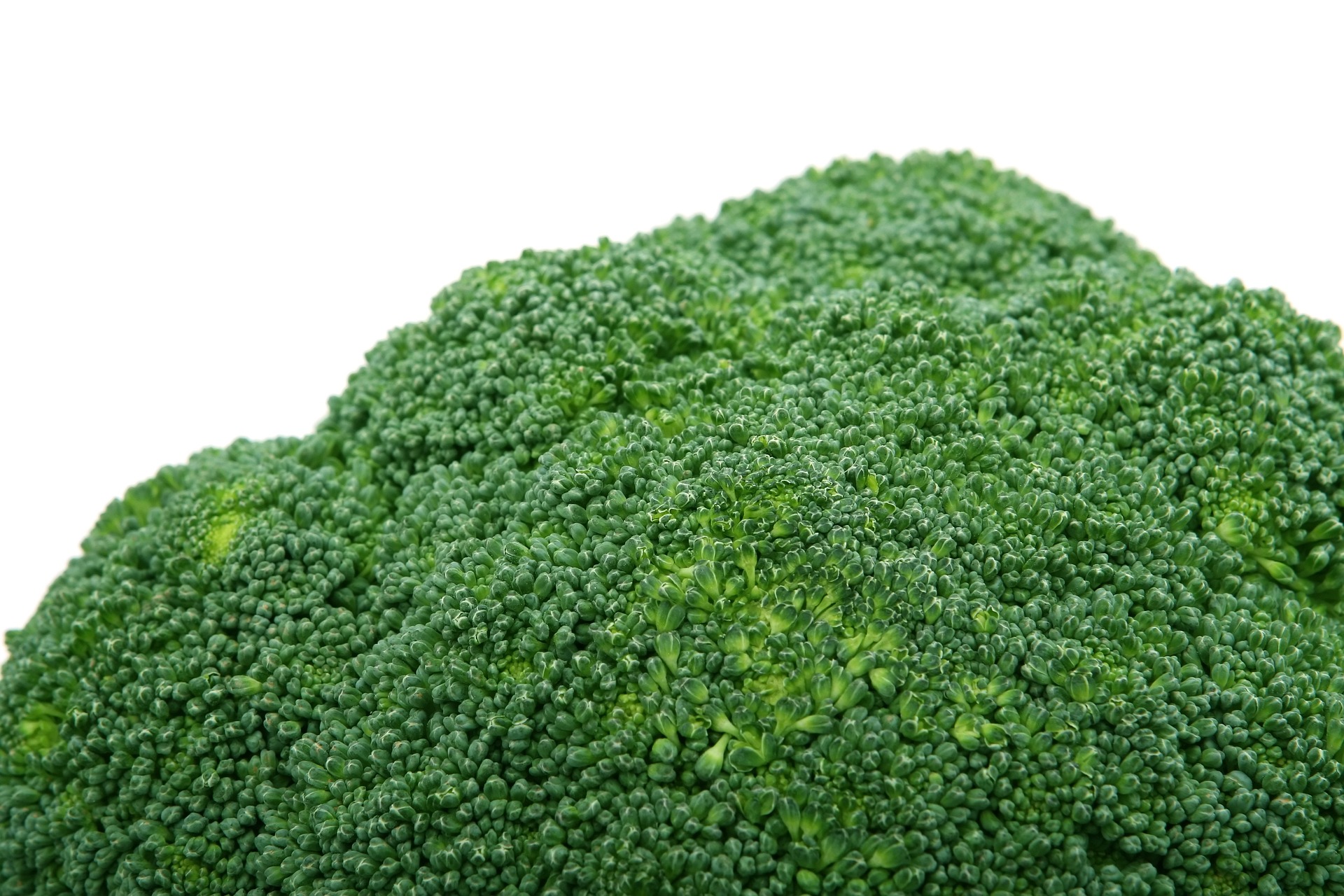
Luscious Bell Peppers!!!
Whenever I walk into a grocery store to buy vegetables crunchy Bell Peppers always attract me as they are exceptionally versatile. They add flavor and color to my cooking and make the feast appealing, tasty and nutritious.
This scrumptious fruit comes in dazzling shades of green, red, yellow, orange, and sometimes dark purple. You can use it in salads, layer it in your sandwich, toss it in your pasta, stuff it, bake it or use it in many different ways to create tempting, delicious, and healthy dishes.
Bell peppers are native to Central America but now are grown in many parts of the world. It is the only member of the genus Capsicum that does not produce capsaicin, the substance that gives heat to peppers.
Botanically speaking bell pepper is a fruit but it is considered a vegetable in the culinary world. It is about 92-95% water and contains very little protein and fat. This makes it a wonderful option for a low-calorie diet. It is an excellent source of Vitamin C. Each variety of bell pepper is loaded with plenty of nutrients which includes Vitamins A, E, K, B6, iron, copper, zinc, and dietary fiber.
The nutrition value and taste of bell peppers change depending upon when they are harvested. Colored bell peppers are harvested much later than green ones and for that reason, they are richer in nutrients (Red bell peppers are highly rich in beta-carotene and Vitamin C than the green ones). This is also the reason that the green bell peppers are less sweet than the red, orange, or yellow ones.
The price of the bell pepper also varies depending upon its color. Green bell pepper is generally lower in price than the yellow, red, or orange ones as it is harvested earlier. However, the green ones have a better shelf life as they are picked when they are less ripe.
One interesting fact about bell pepper is that besides color it is differentiated based on the number of lobes. Some bell peppers have three lobes while others have four. Bell peppers with four lobes are full of seeds, are much sweeter, and are better for eating raw. The ones with three lobes is better for cooking as they are less sweet. So always choose bell peppers depending upon what you plan to cook.
One of the common myths about bell pepper is that the number of lobes on a bell pepper defines its sex. The one with four lobes are considered female and the one with three lobes is male. This is certainly not true. Bell peppers come from flowers that possess both male and female organs. The flower self-pollinates. The fruit does not have any gender as such.
Fresh Bell peppers are available in stores throughout the year. While buying this healthy fruit, pick the ones which look crisp, firm, and are not pale green. It should not have spots, cuts, or desiccated stems.
If you put bell peppers in a cloth bag and refrigerate it can last for about 4-5 days. If you want these to last for a slightly longer time, wrap each bell pepper with a cling film separately and then refrigerate.




Too good a piece of information this is….keep bloggin for more such interesting information
Too yummy and healthy content 😋😋 Ruchi…
After reading your blog only noticed about no of lobes in capsicum. Cool stuff.
Very useful information.l can relate now, once I had a chillie plant bearing 4 colored chillies and was wondering how it was possible.very holesome blog .keep it up!
Very interesting content
Good one
Wow.. Nice information about capsicum and it’s no. of lobes
Very informative..thanks ruchi
Healthy content
Very informative….👍👍
Relevant information. 💯💯
Good info ruchi
Excellent piece of information!!
Thanku for sharing this important piece of information.
Very useful content.
Very useful information…nicely described 👌👌
Useful information.. Keep sharing ur knowledge n keep blogging🙂
Very interesting insights..
Very informative & interesting.. Specially lobs of bell papers and nutritive value .. Well done..
Very informative and interesting.keep posting such blogs
Very useful information.. Thanks dera
Nice information .keep it up
Very informative. Keep posting.
I find the content very useful as in my family everyone loves coloured peppers and I use them a lot while making continental dishes…….thx
Happy to hear that. I too use bell peppers a lot.
Good one Ruchi,
one should hydrate with water rich veggies and fruits.. 👍 😊
Thanks a lot Mam.I do use bell peppers a lot in my cooking.
Thanks for each of your work on this blog. My mum really loves going through research and it’s obvious why. A number of us know all of the dynamic method you render both useful and interesting thoughts via the web blog and in addition recommend participation from some others on the issue then my simple princess is undoubtedly studying a great deal. Take advantage of the rest of the new year. You’re the one carrying out a powerful job.